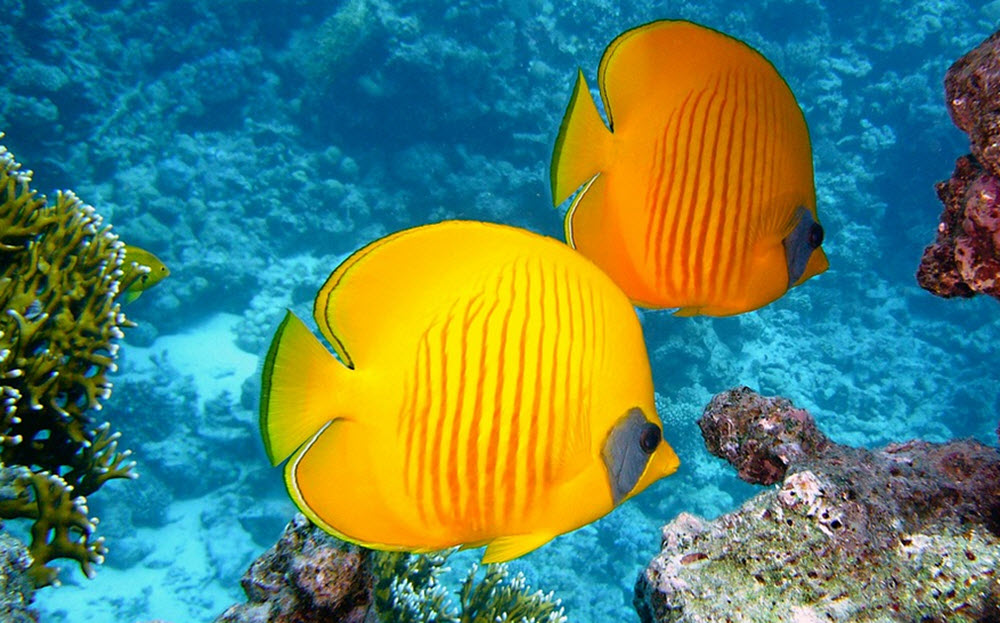Contents
Located off the Caribbean coast of Nicaragua, the tropical islands Little Corn and Big Corn are jointly referred to as the Corn Islands and have become a sough-after destination for visitors looking for natural beauty, a laid-back vibe, and excellent diving opportunities. Around the islands, the clear, warm waters are teeming with vibrant marine life, appreciated by divers and snorkelers alike.
The Corn Islands are definitely off the beaten path compared to famous Caribbean destinations such as Jamaica, St. Barth, Aruba, and the Dominican Republic. This is especially true for Little Corn, as it has no airport or big marina, and visitors have to ventury the choppy waters in small boats leaving from Big Corn to get here.
The Corn Islands are hidden gems for visitors who can appreciate their rugged beauty and are seeking rustic experiences. The diverse marine life, variety of dive sites, and commitment to conservation make it an ideal destination for an unforgettable adventure. Whether you’re a novice looking to get certified or an experienced diver in search of new underwater landscapes, the Corn Islands promises an experience that combines adventure with the serene beauty of Nicaragua’s Caribbean coast.
Beyond diving, Corn Island offers a limited range of activities for visitors. Enjoy the beautiful beaches, try delicious Caribbean cuisine, or immerse yourself in the relaxed island lifestyle. The islands’ culture, influenced by its Indigenous, Creole, Afro-Caribbean, Spanish, and English heritage, adds to the unique charm of this destination.

Dive shops and courses
There are several reputable dive shops on both islands that offer PADI certification courses, from Open Water to Dive Master, as well as fun dives for certified divers. These dive shops are committed to safety and environmental conservation, ensuring a responsible diving experience. Equipment rental is available, and dive groups are typically small, allowing for personalized attention.
Examples of dive shops
- Dos Tiburones (Big Corn).
- Corn Island Dive Centre (Big Corn).
- Dolphin Divers (Little Corn). Also runs the nearby Los Delfins Hotel.
- Las Palmeras (Little Corn). Located close to the jetty, where there are restaurants and bars. Accommodation available overlooking the sea.
- Dereks Place / Little Dive Shack by the Sea (Little Corn). Located at the north-eastern tip of the island, which means that it is not close to the main strip.
Some of the dive shops also have accommodation, and you can usually get discount rates if you book both accomodation and a diving package.
Marine life
The waters around Corn Island are home to a rich array of marine biodiversity. Divers can expect to see colorful coral reefs, a variety of tropical fish, stingrays, nurse sharks, lobster, and occasionally sea turtles. The visibility is often excellent, ranging from 20 to 30 meters, allowing for clear views of the underwater landscapes.
Dive sites
The waters around Big Corn Island and Little Corn Island offer a variety of dive sites suitable for beginners and experienced divers. Popular sites include Blowing Rock, a volcanic formation protruding from the sea that hosts an abundance of marine life; White Holes, known for its white sandy bottom surrounded by coral and frequented by nurse sharks; and the Shipwreck, an intriguing site for more advanced divers.
Blowing Rock
Blowing Rock is a huge pinnacle of volcanic boulders located approximately 11 km from Big Corn. Since it is pretty far away, many dive tour operators only go if they have at least 3 paying divers. Getting from Big Corn to the dive site usually takes 20 minutes.
There are a lot of things to explore at the Blowing Rock dive site, so a 2 tank trip is recommended. The pinnacle attracts a lot of marine life, including nurse sharks, reef sharks, eagle rays, sting rays, angel fish, parrot fish, and schools of snappers. Lobsters, crabs and eels use the crevices of the pinnalce to hide.
The base of the pinnacle is at a depth of roughly 24 metres, while the top breaks the surface and looks like a tiny rocky island.

The Spanish Galleon wreck
This is a 19th century Spanish Galleon who rests in 5 metre of water off Waula Point. It still has 14 cannons. Since it is such as shallow dive, exploring the wreck from the outside (while adhering to the safety recommendations) is possible even for beginner divers.
Travel tips
Getting There: To reach Corn Island, you can fly from Managua, Nicaragua’s capital, to Big Corn Island. Little Corn Island is accessible by a fairly short but frequently choppy boat ride from Big Corn Island. It’s advisable to book flights in advance, especially during the high season.
Accommodations: Both islands offer a range of accommodations, from budget-friendly hostels to more expensive beachfront hotels and bungalows. Staying on Little Corn Island is recommended for those seeking a more secluded and tranquil experience. It is a good idea to book accomodation in advance, since the amount of accomodation is pretty limited and it can be difficult to find something to your liking if you arrive without a booking during high-season.
Best time to dive: The best time for diving in Corn Island is during the dry season, from March to August, when the weather is sunny, visibility is at its best, and sea conditions are calm. However, diving is possible year-round, with water temperatures remaining warm. The official hurricane season in the Carribbean is 1 June – 30 November, but the period of highest concern is just from mid-August to early November.
Conservation: The dive community in Corn Island is actively involved in coral reef conservation efforts and promoting sustainable diving practices. As visitors, it’s important to respect these efforts by following all guidelines for environmentally responsible diving.
